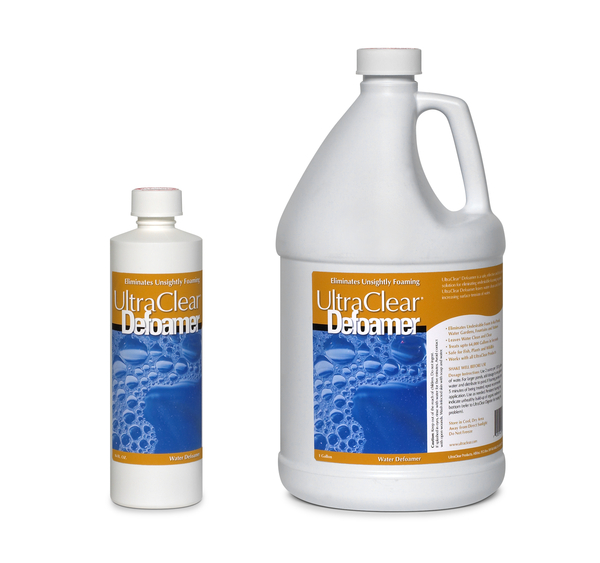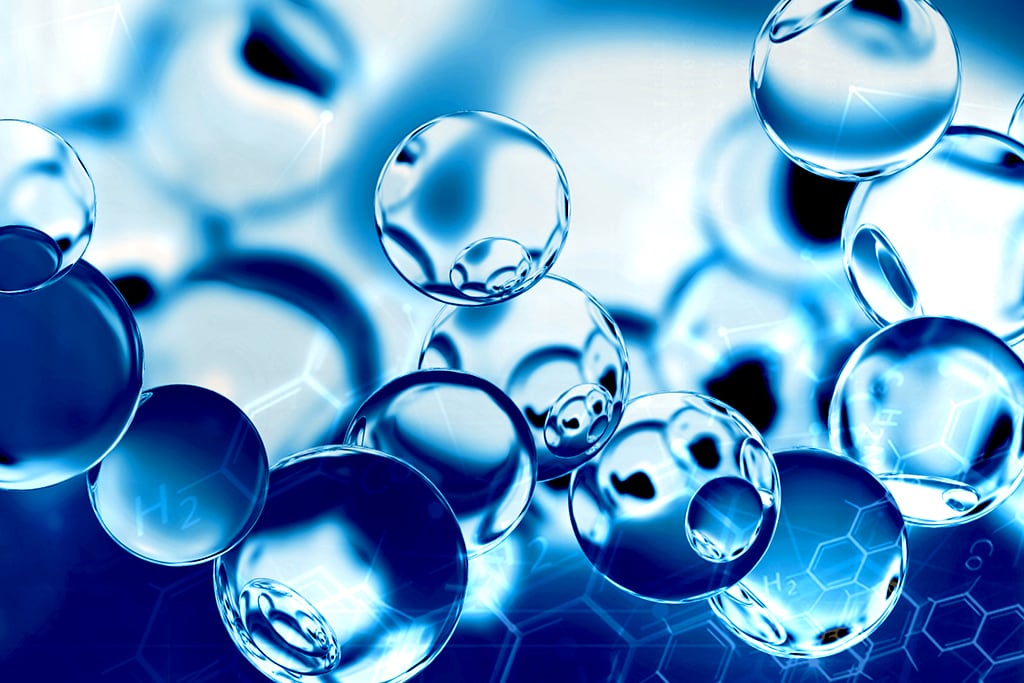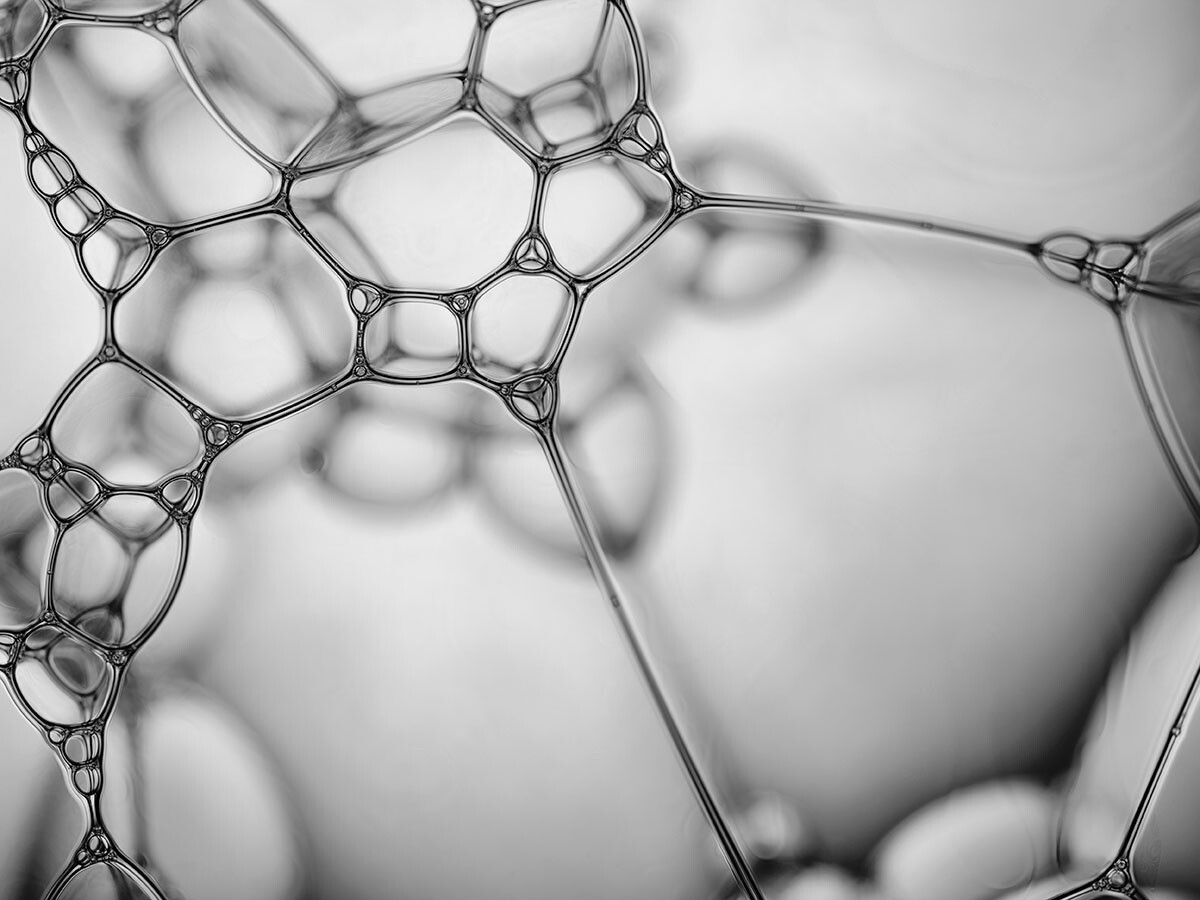How Defoamers Can Save Time and Money in Industrial Production
How Defoamers Can Save Time and Money in Industrial Production
Blog Article
Selecting the Right Defoamer for Your Particular Application Demands
Picking the proper defoamer for particular application demands is a nuanced process that demands mindful consideration of numerous factors, such as the foam operating, medium, and type problems. Understanding the nuances of defoamer efficiency-- consisting of speed and persistence-- while likewise accounting for ecological and governing aspects is vital.
Recognizing Foam Development
Foam formation occurs when gas is trapped within a fluid, creating a steady framework of bubbles. This phenomenon can considerably influence various commercial procedures, specifically in markets such as food production, drugs, and wastewater treatment. The existence of foam can impede blending, minimize item top quality, and even bring about functional ineffectiveness.
Foam usually creates as a result of a mix of variables, including surface-active agents, anxiety, and the characteristics of the liquid stage. Surfactants reduced the surface area stress of the fluid, promoting the formation of bubbles that can stabilize and coalesce. Agitation, whether from mechanical mixing or gas introduction, enhances bubble development, bring about raised foam quantity.
Understanding the technicians of foam formation is crucial for sectors aiming to maximize their processes. By recognizing the certain conditions that advertise foam generation, organizations can implement approaches to alleviate its results.
Kinds Of Defoamers Available
Various sorts of defoamers are available to resolve the obstacles positioned by foam in commercial applications. defoamers. Extensively classified, defoamers drop into 3 classifications: silicone-based, non-silicone-based, and natural defoamers
Silicone-based defoamers are renowned for their effectiveness and stability throughout a vast array of temperature levels and pH degrees. They are usually used in applications where strong foam reductions is essential, such as in paints, adhesives, and coatings. Their low surface area tension permits fast foam collapse.
Non-silicone-based defoamers, often made from organic substances, offer an option for applications conscious silicone deposits. These defoamers can be further split right into polyether and ester kinds, each tailored to satisfy specific formulation requirements. Non-silicone defoamers are often utilized in food handling and personal care products as a result of their compatibility with numerous solutions.
All-natural defoamers, derived from plant or animal resources, are obtaining grip as a result of their environment-friendly account. These products are particularly appealing in applications where regulatory conformity and sustainability are paramount, such as in agrochemicals and biotechnology.
Choosing the appropriate kind of defoamer is critical for maximizing efficiency and making sure compatibility with particular applications.
Key Application Considerations
When selecting a defoamer, it is necessary to think about the particular application demands to make certain optimum performance. defoamers. Different markets have unique demands, such as food processing, drugs, or wastewater therapy, and each application may need one-of-a-kind defoaming buildings
Key aspects to evaluate consist of the tool in which the defoamer will be used, whether it is water-based, oil-based, or a combination thereof. The temperature and pH levels of the application can additionally greatly affect the performance of a defoamer. In addition, compatibility with various other chemicals existing in the system is crucial to avoid unfavorable reactions that can compromise efficiency.
Another crucial consideration is the foaming actions of the certain system. Understanding whether the foam develops quickly or gradually can guide the choice of a defoamer that targets the source properly. The desired speed of defoaming can affect the choice, as some applications need quick action while others might endure slower defoaming processes.
Last but not least, environmental and regulative factors to consider ought to not be overlooked, especially in industries with stringent conformity requirements. Choosing a defoamer that aligns Visit This Link with these variables guarantees both performance and safety in the application.

Performance Testing Techniques
Evaluating the performance of a defoamer requires a systematic technique to screening that properly measures its efficiency in details applications. Various performance screening approaches can be utilized to establish the optimal defoamer for an offered formula.
One usual approach is the bubble examination, which evaluates the defoamer's ability to reduce foam quantity over time. This test entails creating a stable foam and then adding the defoamer to observe the rate of foam collapse.

Eventually, choosing the proper efficiency testing technique relies on the certain application and the sort of foam being addressed. Each method offers valuable information that can direct formula adjustments and enhance the efficiency of the defoamer in functional applications.
Best Practices for Selection


Following, consider the defoamer's performance in regards to rate of activity and determination. A quick-acting defoamer might be essential for procedures where rapid foam reductions is critical, while a more persistent formulation may be required for long term foam control. In addition, review the ecological influence of the defoamer, including its biodegradability and any kind of regulative compliance demands.
Conduct trials with selected defoamers to determine their effectiveness in real-world conditions. This action is vital to validate that the picked item satisfies performance expectations. Seek advice from with makers or providers for technical assistance and support, as they can offer important insights into item formulas and application methods. By adhering to these ideal methods, you can improve foam control efficiency and make certain the long life of your processes.
Final Thought
In summary, picking the proper defoamer necessitates an extensive evaluation of various variables, including foam type, medium, operating problems, and ecological considerations. Recognizing the one-of-a-kind features of foam formation and the readily available defoamer choices is crucial. In addition, employing efficient efficiency testing techniques and sticking to best techniques during the option process will certainly boost the possibility of attaining optimal defoaming results. Eventually, an educated selection method will certainly address certain application demands and reduce lathering obstacles effectively.
Choosing the ideal defoamer for particular application demands is a nuanced procedure that demands careful factor to helpful site consider of numerous elements, such as the foam kind, medium, and operating problems.Selecting the appropriate defoamer is crucial for attaining optimal efficiency in foam control applications. A quick-acting defoamer might be essential for processes where fast foam useful site reductions is crucial, while a much more relentless solution may be needed for extended foam control.In summary, selecting the appropriate defoamer necessitates a thorough analysis of numerous aspects, including foam type, tool, operating conditions, and environmental factors to consider. Recognizing the special attributes of foam formation and the readily available defoamer alternatives is vital.
Report this page